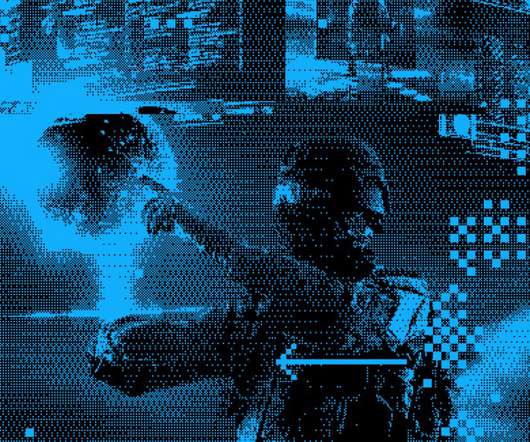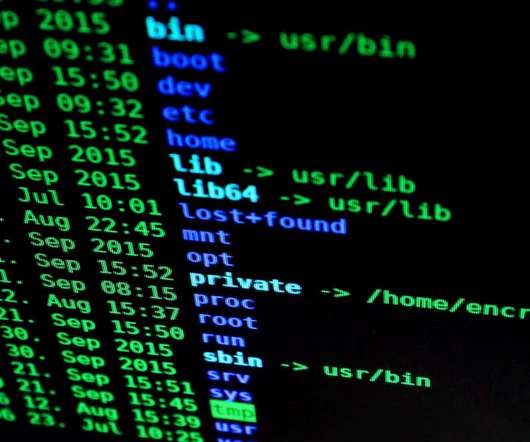Reassessing cyberwarfare. Lessons learned in 2022
SecureList
DECEMBER 14, 2022
For instance, in late 2013 and January 2014, we observed higher-than-normal activity in Ukraine by the Turla APT group, as well as a spike in the number of BlackEnergy APT sightings. On the very first day of the conflict (February 24, 2022), a massive wave of indiscriminate pseudo-ransomware and wiper attacks hit Ukrainian entities.

















Let's personalize your content